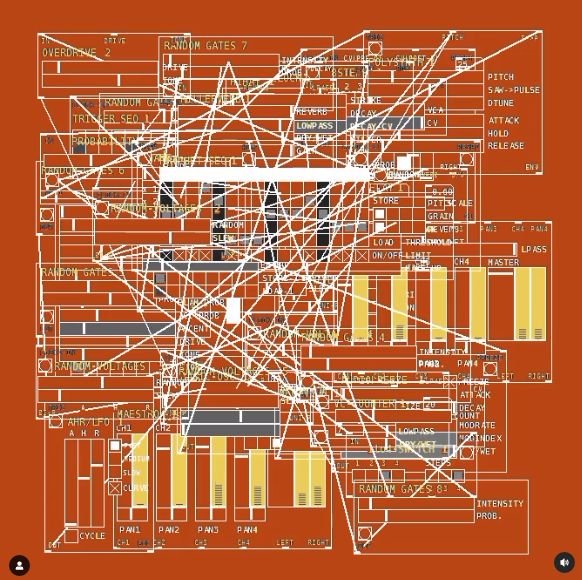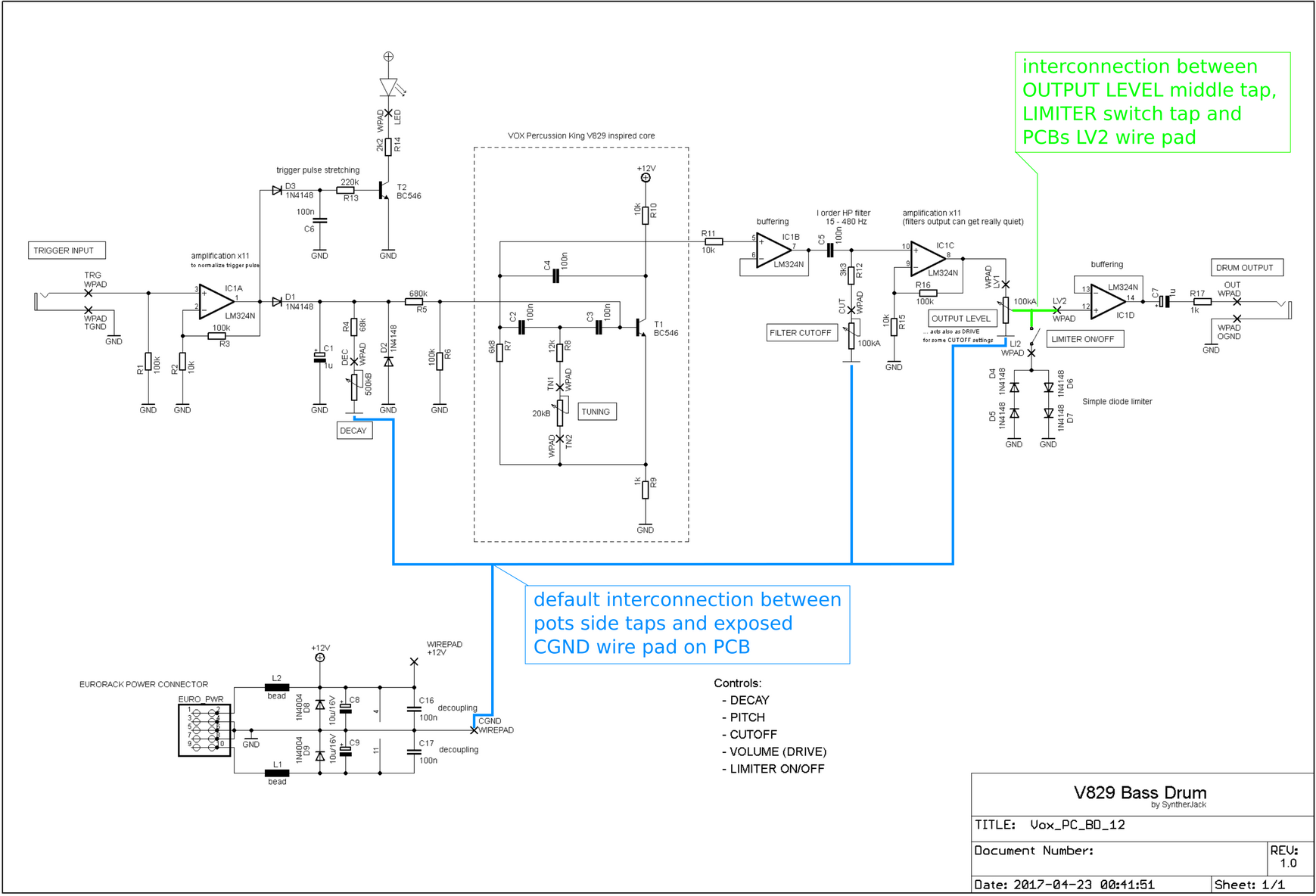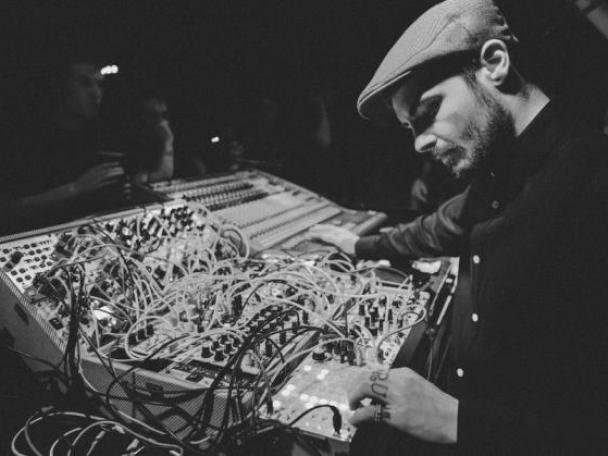Modular Synthesis Cap



Modular Synthesis Cap
100% Bio-washed Cotton Twill
Black
Embroidered front and back graphics in white and blue
Metal snap buckle closure with a hideable strap
Reinforced sewing across the rim
Every data is modular and synthesised
Hand wash with like colors only | Hang dry, do not tumble dry
Sound Synthesis
(unknown, n.d.)
Sound Synthesis
Sound synthesis refers to the technique of generating sound, using electronic hardware or software, from scratch. Sound as a wave, can be manipulated through various parameters such as amplitude which corresponds to the volume or gain, frequency which dictates the pitch of the sound and more.
History
The earliest musical synthesisers was Thaddeus Cahill’s Teleharmonium which was a massive instrument that defined a fundamental synthesis technique called additive synthesis which used combinations of pure tones to generate its sounds.
Buchla
In the 1960s, the advancement in technology paved the way for analog modular synthesisers to become a commercial success.
The likes of the Buchla synthesizers helped modular synthesis to be adopted by larger groups of composers and enthusiasts, pushing the boundaries of electronic music in the early ages. Founded in 1963 by the synthesizer pioneer Don Buchla, Buchla Electronic Musical Instruments or BEMI created the first modular electronic system in 1963 as a result of a commission by composers Ramon Sender and Morton Subotnick whom later allotted $500 from a Rockefeller Foundation grant to Bucha in 1964.
Buchla created a modular synthesizer with the vision of a voltage-controlled instrument that permitted musicians and composers to easily create and manufacture sound that were tailored to their own specifications. In previous times, musicians had to use discrete audio generators such as test oscillators or through musique concréte – recording sounds from natural sources.
(Syntherjack, 2017)
Buchla wanted to create a modular synthesizer which combined separate components otherwise known as modules, that each generated or modified a sound through voltages. That way, users can control the pitch, amplitude and other facets of the sound, allowing for live compositions and performances in a way that is both within control of the composer and interesting due to the amount of modulation available.
Eurorack
With the interest in modular synthesis growing exponentially since its advent, there saw a rise in commercial and hobbyist developments of synthesizer modules. Modules varied in all shapes and sizes, modulating sound in each own special way. For musicians, this posed a problem of over complexity and complicating setups.
In the late 1990s, Doepfer Musikelektronik later developed the Eurorack which is a modular synthesis format and as of 2022, it has become the dominant format with over 12,000 modules available from more than 500 different manufacturers. These manufacturers include the likes of Moog and Roland.
The format includes 3.5mm mono jacks and cables also known as patch cables to allow the patching of signals between modules. Over the years this format has been well celebrated by musicians worldwide, with many shifting over to modular synthesis given the aesthetic and the freedom to explore all parameters of sound modulation.
Eurorack Rails are measured by their length in HP or Horizontal Pitch with 1 HP being ⅕ inch or 5.08mm. The Eurorack spacing standard between 2 rails is 3U which is the equivalent of 133.35mm or 5.25”. The U rack specification is 1.75” or 44,45mm per 1U.
Apart from the Eurorack format, there also exists a couple of other less popular formats.
Popularity of Modular Synthesisers
A modular system allows for flexibility of manipulation. Sound can be manipulated in many different ways with modules offering tons of ways to modulate different parameters. This opens the doors to lots of creative exploration, allowing composers to create soundscapes or patches that they would have never imagined.
As musicians are slowly shifting digital, their exposure to technology increases and therefore the comfort of operating and understanding these modes of sound manipulation expands overtime. With the plethora of cheap synthesisers and modular VSTs available on DAWs, electronic musicians constantly get exposed to sound synthesis and as such adopting modular synthesis becomes less of a steep learning curve for the masses.
(Clash Magazine, 2016)
Though it may feel like modular synthesis is a “travel back to the past”, it will be here to stay due to the increasing allure of analog knobs, patching and the attractiveness of customisation due to the ever expanding community of module enthusiasts.




